Sir William Lyons on Jaguar

The Legend Explained In his Own Words
by Giles Chapman
Never previously published in book form, this 1969 speech by the company founder offers his perspective on its creation and place in the world. He gave few interviews in his lifetime and this speech was published only 40 years after his death.
The Automotive Alchemist

by Andy Saunders
Andy Saunders Creative Cars dreams up custom cars that are found on show fields and in galleries and in private collections, and in his own driveway. He has many more cars to “get out of his system”—this book showcases several decades of work.
Driven

by Susie Wolff
British Woman Kart Racing Driver of the Year. Formula E Team Principal. Head of the F1 Academy. An MBE for services to Women in Sport. Do you need more reasons to want to read this bio??
Power Unleashed: Trailblazers Who Energised Engines with Supercharging and Turbocharging

by Karl Ludvigsen
An extraordinary trilogy quite without equal outside of a professional-grade education. Making an engine yield more output is almost as old as the combustion engine itself, and most of the people and most of their ideas are given their due.
Automobili Lamborghini: Past, Present, Future
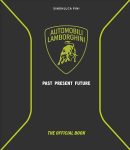
by Simonluca Pini
Made you look! Those green lines are not random but you have to know Lambos to recognize the shape. Or study this nice book with its excellent photos.
Luca: Seeing Red

presented by Chris Harris
Is this documentary film about a key Ferrari leader a biopic or a bromance? In its own words it’s a love letter to the greatest car boss ever. Watch it anyway—there’s good archival footage. And it’s well lit. Being a film, this matters.
Hero Found: The Greatest POW Escape of the Vietnam War

by Bruce Henderson
Can’t think of anything inspirational this Thanksgiving? Here’s a story of escape and survival against all odds that’ll make you thankful for many things, not least that you were not tested as the protagonist was.
Alfa Romeo 33 Stradale: The Courage to Dream

by Cristiano Fioiro et al
This lavish book is about the reinvention of an icon, showcasing early sketches and photos of the prototype and featuring insights from the CEO, designers, and engineers.
BMW 3-Series 50 Years

by Tony Lewin
Every new iteration of this iconic car causes great soul-searching among road testers and journalists: is it still the quintessential Ultimate Driving Machine? More than 20 million paying customers have voted with their wallets so something must be right. This book puts it all into context.
Chrome Colossus, General Motors and Its Times

by Ed Cray
The author was a journalism professor not an auto industry expert so he examines GM through the lens of “accountability” vis-à-vis, for instance, planned obsolescence, resisting regulation, and opposing imports. The book is over 40 years old—and still not obsolete.
Lella Lombardi – The Tigress of Turin, Her Authorised Biography

by Jon Saltinstall
When tearing around town as a delivery driver for the family butcher shop wasn’t enough she took up karting and let her competitive spirit take her into pro-level racing. The arc of her career changed perceptions of women in racing.
Ferrari: The Monopostos of 1948–52

by John Starkey
Enzo Ferrari wants to go back racing but the war has scattered the workforce, materials are in short supply, and spare money even more so. But Ferrari became a dominant player, so the right things must have happened. This book shines a light on some of them.







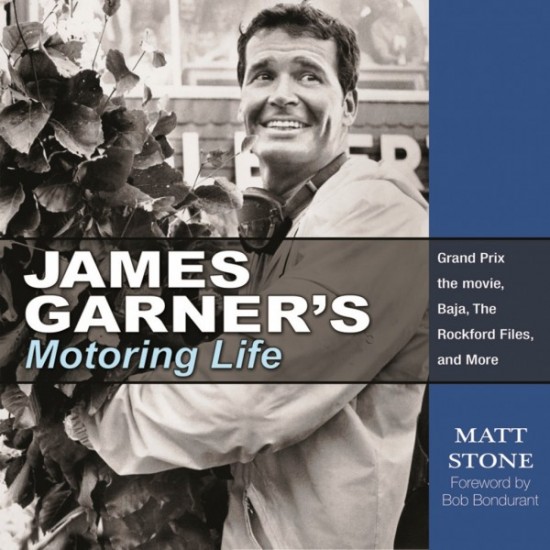









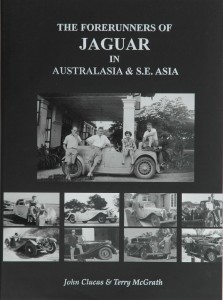



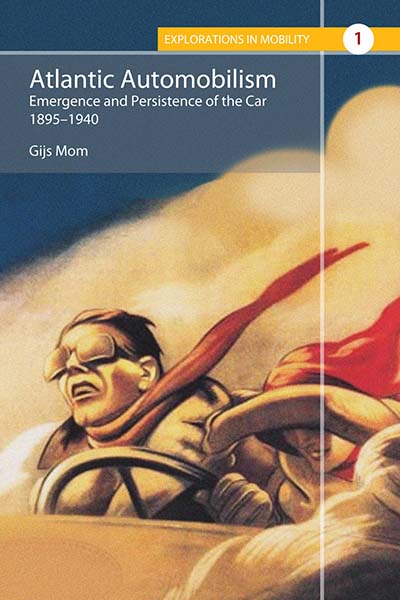

















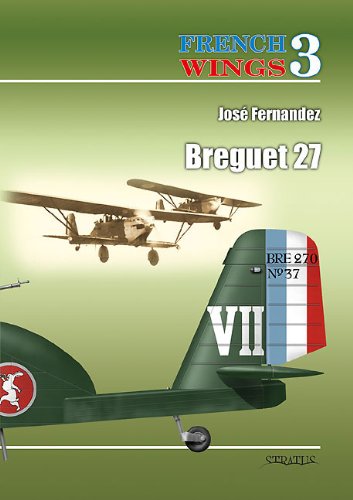
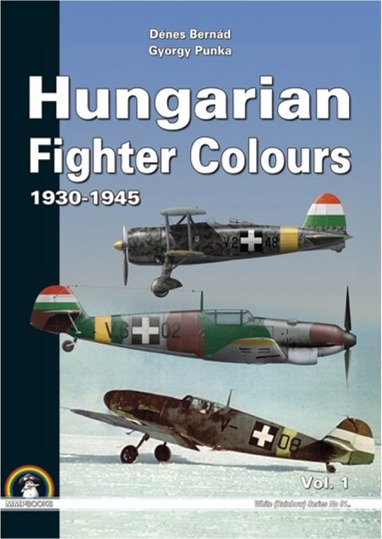











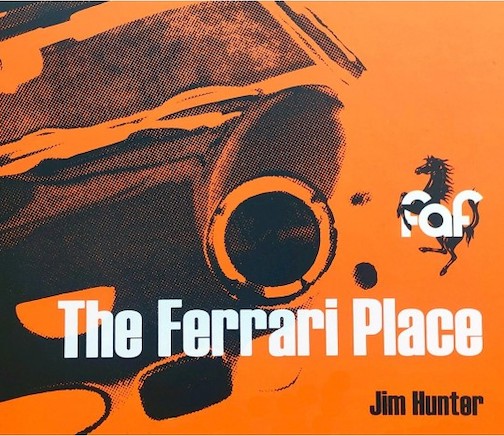














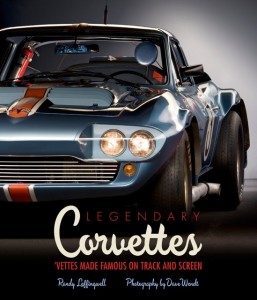




 Phone / Mail / Email
Phone / Mail / Email RSS Feed
RSS Feed Facebook
Facebook Twitter
Twitter